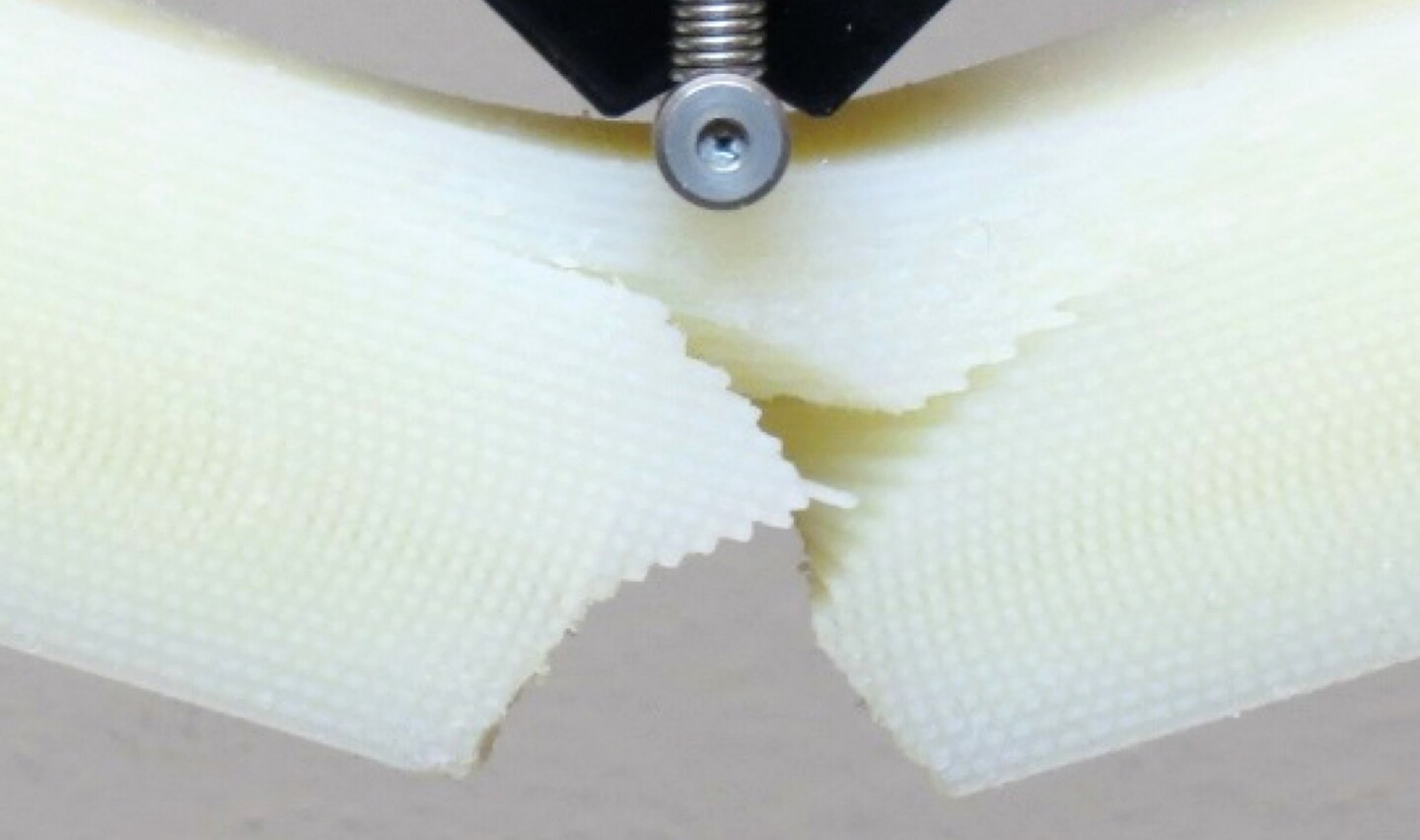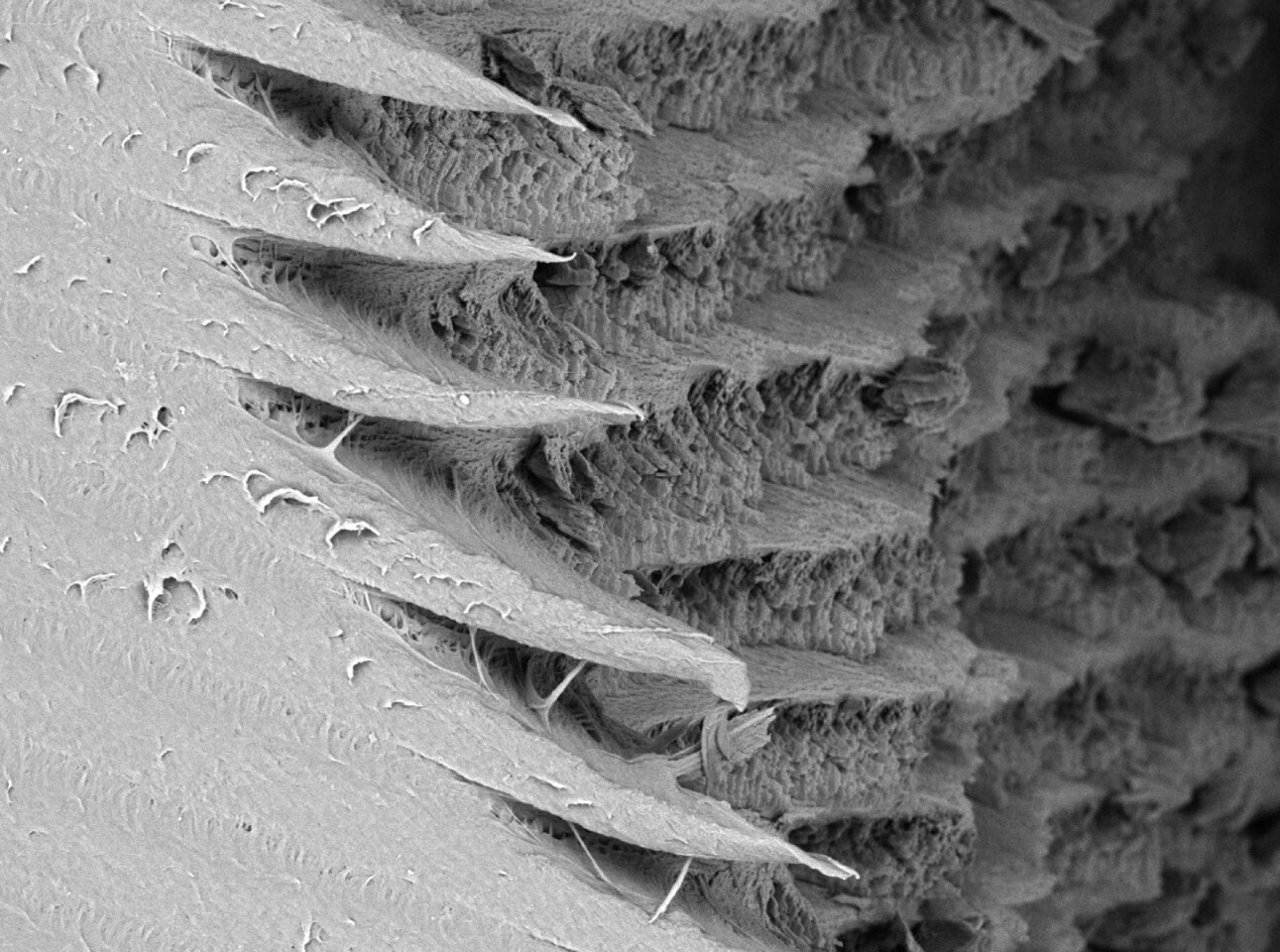The mantis shrimp might not look like a formidable foe, but even as a human you don't want to be staring down the barrel of its immensely-powerful club. Now, researchers at Purdue University and the University of California, Riverside have discovered the mechanism behind just how the creature wields this weapon without permanently damaging itself, and the design strategy could inspire a new class of super-tough materials.
The mantis shrimp is an aggressive loner of a creature, packing one of the most deadly weapons in the animal kingdom. Using an appendage known as a "dactyl club," the shrimp can punch its prey with an utterly ridiculous acceleration of 10,400 g – about that of a .22 caliber bullet. If that's not enough to kill the hapless target, then the secondary strike of the shock wave often is.

This club packs enough power to smash open mollusks and crabs (and in some cases, aquarium glass), but just how it withstands these repeated, intense impacts has been unclear. Previous work from UC Riverside has examined the spiraling "helicoidal" architecture that make it so formidable, found a shock-absorbing herringbone pattern on the outer surface, and used that information to design tough new composite materials.
In the new work, the team took a closer look at how exactly this structure works to protect the club from damage. First they 3D printed a model material with the spiraling structure of a mantis shrimp club. After repeated impacts, the researchers observed cracks forming, but interestingly they didn't compromise the integrity of the material – to the contrary, they actually strengthened it. Cracks were found to follow the twisting structure of the chitin fibers in the club, which dissipates the impact energy and stops the progression of the crack.

"This mechanism has never been studied in detail before," says Pablo Zavattieri, co-author of the study. "What we are finding is that as a crack twists the driving force to grow the crack progressively decreases, promoting the formation of other similar mechanisms, which prevent the material from falling apart catastrophically. I think we can finally explain why the material is so tough."
Understanding the principle behind the material's toughness is a key step towards developing tougher materials of our own. As with so many things, it seems that nature has already done it better.

"We are establishing new mechanisms that were not available to us before for composites," says Zavattieri. "Traditionally, when we produce composites we put fibers together in ways that are not optimal, and nature is teaching us how we should do it."
The research was published in two papers, one appearing in the Journal of the Mechanical Behavior of Biomedical Materials and the other in the International Journal of Solids and Structures.
The team describes the research in the video below.
Source: Purdue University







